
Chinchilla
Chinchilla
Chinchilla
Chinchillas are a type of cute mouse with fluffy hair and a big tail that live in the Andes Mountains of South America. Some people keep them as pets, so you may have seen them on SNS or TV. However, there are many things that people don’t know about chinchillas, such as what their characteristics are and what to be careful about when keeping them as pets. Let’s take a look at what kind of features and secrets chinchillas have in this article!
Chinchilla Basic Infomation
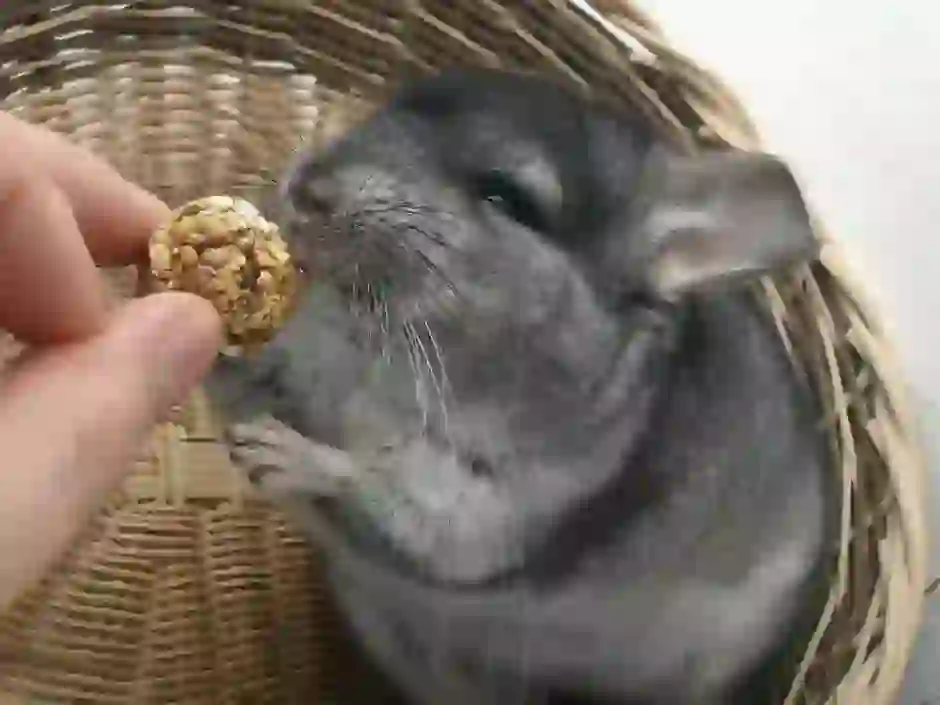
Mammalia-Rodentia-Chinchillidae-Chinchilla genus.
Length:25~35cm weight:400~600g.
Chinchillas are rodents that live in the Andes Mountains of South America. In the wild, chinchillas live in groups of 12 to 100 on rocky terrain that is cold and dry, with little vegetation growing at elevations of 2,000 to 5,000m. They have very long whiskers on their faces that they use to check the size and width of gaps.
There is a theory that wild chinchillas have a breeding season depending on their habitat or that they do not have a fixed breeding season. However, pet chinchillas often do not have a fixed breeding season. Males reach sexual maturity at around 8.5 months of age, while females reach sexual maturity at around 8 months of age. After reaching sexual maturity, females repeat estrus every 30 to 50 days. The gestation period is about 105-118 days, and one birth produces 1-5 (average 2) offspring. Because the gestation period of chinchillas is longer than that of other rodents, chinchilla babies are born with their eyes open and hair grown. (Reference information: Hamster gestation period is 15-16 days, house mouse gestation period is 20 days, guinea pig gestation period is about 60 days.)
They are nocturnal animals that rest in burrows during the day and become active at night. Wild chinchillas eat all kinds of plant material such as leaves, stems, roots, bark, cacti, and moss. They live in places where there is little water, so it is believed that they obtain moisture from snowmelt, frost, and dew.
Chinchillas are originally wild animals but are also popular as pets.
They are long-lived and less prone to illness, and are very intelligent animals that can become great partners if properly cared for.
However, since chinchillas originally lived in the highlands of the Andes Mountains, there are many unique points to consider when caring for them. Therefore, chinchillas are not recommended as pets for everyone.
Chinchillas should be fed grasses from the Poaceae family as their main food, and pellets, vegetables, and fruits for their supplementary diet.
Chinchillas are herbivores and need to eat a lot of low-calorie, low-protein grasses that are rich in dietary fiber to live healthily. Therefore, remember that chinchillas’ main food is grass, not pellets.
To ensure that chinchillas can eat a lot of grass without getting tired of it and that the scent of grass does not dissipate, store it tightly sealed and try different types and brands of grass.
Although vegetables and fruits are not harmful to humans, some foods such as onions and garlic can be harmful to chinchillas. Therefore, when giving vegetables or fruits to chinchillas, be sure to check whether they are safe for them before giving them.
Vegetables such as komatsuna, bok choy, carrots, cabbage, broccoli, parsley, cauliflower, etc., and fruits such as apples, melons, bananas, pineapples are said to be safe for chinchillas.
※Although there are various types of plants in the grass family, such as timothy grass, italian ryegrass, orchard grass, and bermuda grass, it is best to make 1st cut timothy grass the main food if possible because it is easy to obtain and has a lot of fiber.
Chinchillas have a great jumping ability and are animals that like to move up and down. Therefore, it is better to choose a cage that is as large as possible and has a height. It is a good idea to install steps, lofts, hammocks, etc. in the cage so that it is easy to move up and down. They like to move their bodies, so they may be happy if you install toys such as hanging toys and wheels.
The suitable temperature for chinchillas is 20-25℃, and if the room temperature exceeds 26℃, they are more likely to become ill. Therefore, if you keep chinchillas, you need to keep the air conditioner on all year round (at least from around April to October) and manage the temperature.
Also, it is better to assume that chinchillas do not learn how to use the toilet. However, some individuals use the toilet perfectly, so it is okay to install a toilet in the cage. It is said that chinchilla urine and feces do not have a strong odor.
Chinchillas are said to be very good at hearing, so they are easily stressed by noise and daily sounds. Therefore, please place the cage in a quiet and stable place so that chinchillas do not get stressed.
Also, you do not need to give chinchillas a bath, but please let them take a sand bath once a day. If you don’t let them take a sand bath, their hair will become tangled with sebum and become rough or form hairballs, which will make their fur look bad. Also, since the sand for sand baths gets dirty with sebum, urine, feces, etc., please replace it regularly.
Chinchilla Q&A

Chinchillas are also popular animals as pets.
Chinchillas are originally wild animals but are also popular as pets.
They are long-lived and less prone to illness, and are very intelligent animals that can become great partners if properly cared for.
However, since chinchillas originally lived in the highlands of the Andes Mountains, there are many unique points to consider when caring for them. Therefore, chinchillas are not recommended as pets for everyone.
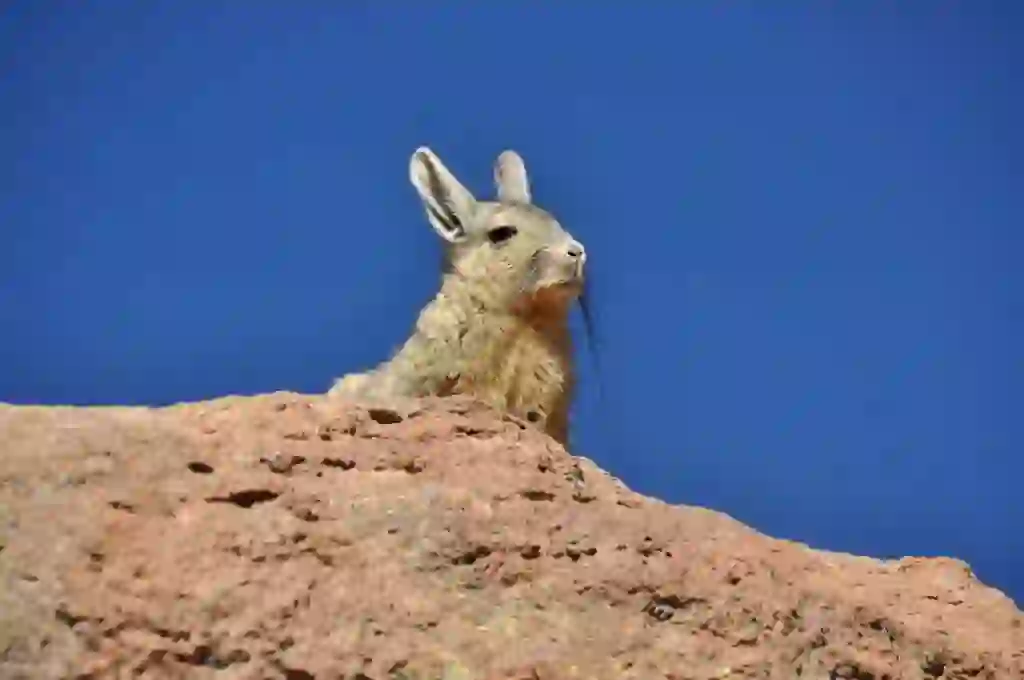
What kind of food should I give my chinchilla when I keep it at home?
Chinchillas should be fed grasses from the Poaceae family as their main food, and pellets, vegetables, and fruits for their supplementary diet.
Chinchillas are herbivores and need to eat a lot of low-calorie, low-protein grasses that are rich in dietary fiber to live healthily. Therefore, remember that chinchillas’ main food is grass, not pellets.
To ensure that chinchillas can eat a lot of grass without getting tired of it and that the scent of grass does not dissipate, store it tightly sealed and try different types and brands of grass.
Although vegetables and fruits are not harmful to humans, some foods such as onions and garlic can be harmful to chinchillas. Therefore, when giving vegetables or fruits to chinchillas, be sure to check whether they are safe for them before giving them.
Vegetables such as komatsuna, bok choy, carrots, cabbage, broccoli, parsley, cauliflower, etc., and fruits such as apples, melons, bananas, pineapples are said to be safe for chinchillas.
※Although there are various types of plants in the grass family, such as timothy grass, italian ryegrass, orchard grass, and bermuda grass, it is best to make 1st cut timothy grass the main food if possible because it is easy to obtain and has a lot of fiber.
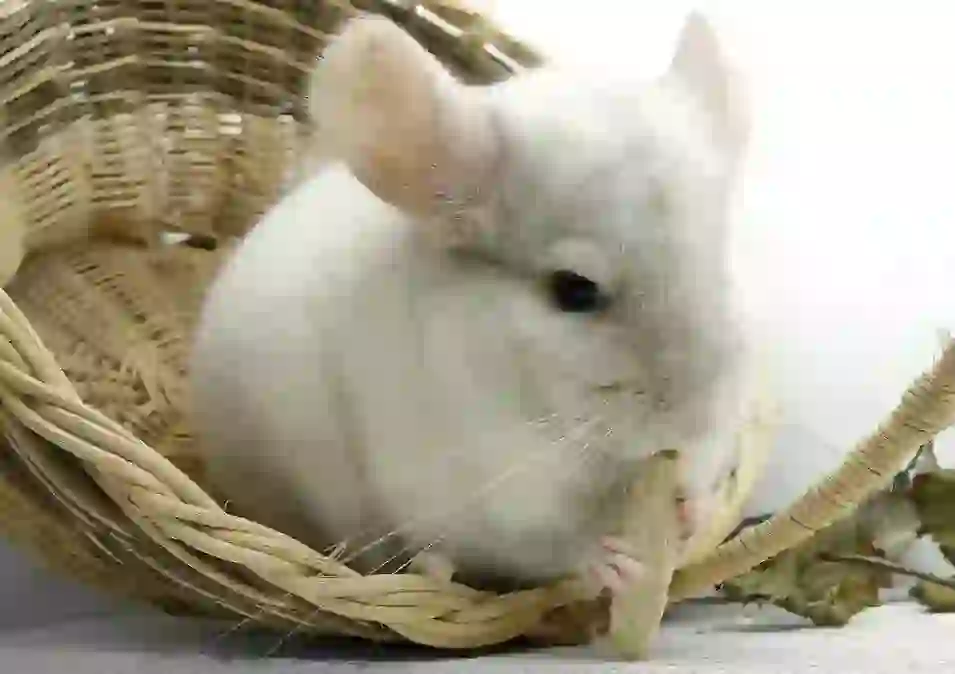
About the environment for breeding chinchillas.
Chinchillas have a great jumping ability and are animals that like to move up and down. Therefore, it is better to choose a cage that is as large as possible and has a height. It is a good idea to install steps, lofts, hammocks, etc. in the cage so that it is easy to move up and down. They like to move their bodies, so they may be happy if you install toys such as hanging toys and wheels.
The suitable temperature for chinchillas is 20-25℃, and if the room temperature exceeds 26℃, they are more likely to become ill. Therefore, if you keep chinchillas, you need to keep the air conditioner on all year round (at least from around April to October) and manage the temperature.
Also, it is better to assume that chinchillas do not learn how to use the toilet. However, some individuals use the toilet perfectly, so it is okay to install a toilet in the cage. It is said that chinchilla urine and feces do not have a strong odor.
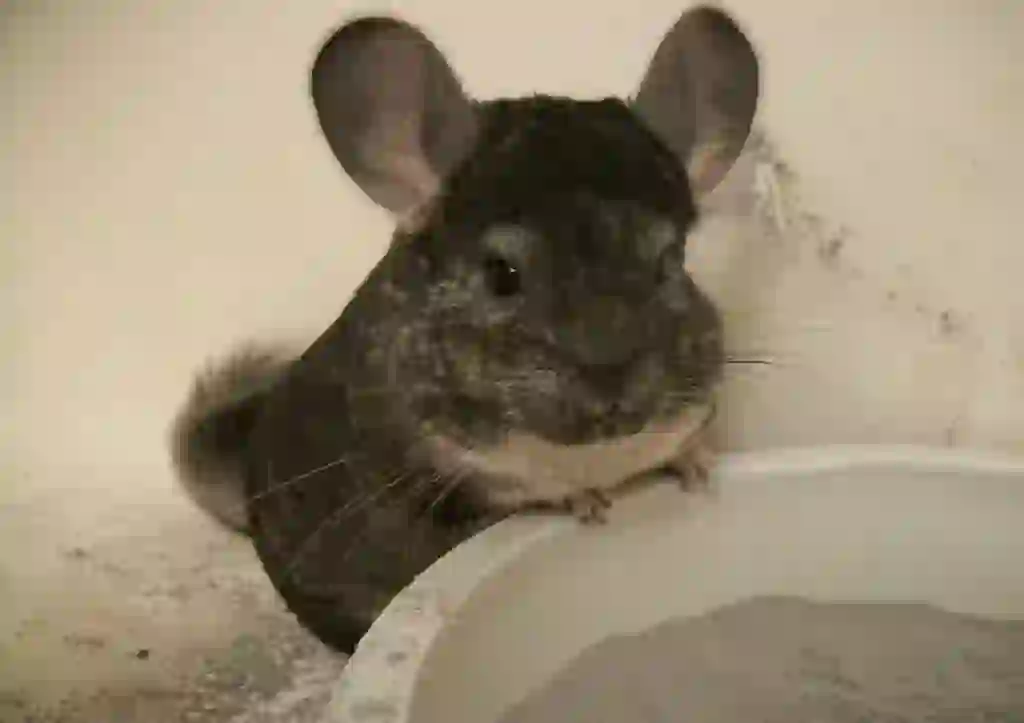
Other things to keep in mind.
Chinchillas are said to be very good at hearing, so they are easily stressed by noise and daily sounds. Therefore, please place the cage in a quiet and stable place so that chinchillas do not get stressed.
Also, you do not need to give chinchillas a bath, but please let them take a sand bath once a day. If you don’t let them take a sand bath, their hair will become tangled with sebum and become rough or form hairballs, which will make their fur look bad. Also, since the sand for sand baths gets dirty with sebum, urine, feces, etc., please replace it regularly.

Where does the name chinchilla come from?
To know the origin of the name "chinchilla", we need to go back about 500 years from now.
In the Andes Mountains where wild chinchillas live, there was an indigenous tribe called the “Chincha” people. The Chincha people have been catching chinchillas since ancient times and using their meat as food and their fur as clothing and bedding.
When the Spanish colonized the Andes Mountains in the 1500s, this animal came to be called “chinchilla” after the Chincha people.
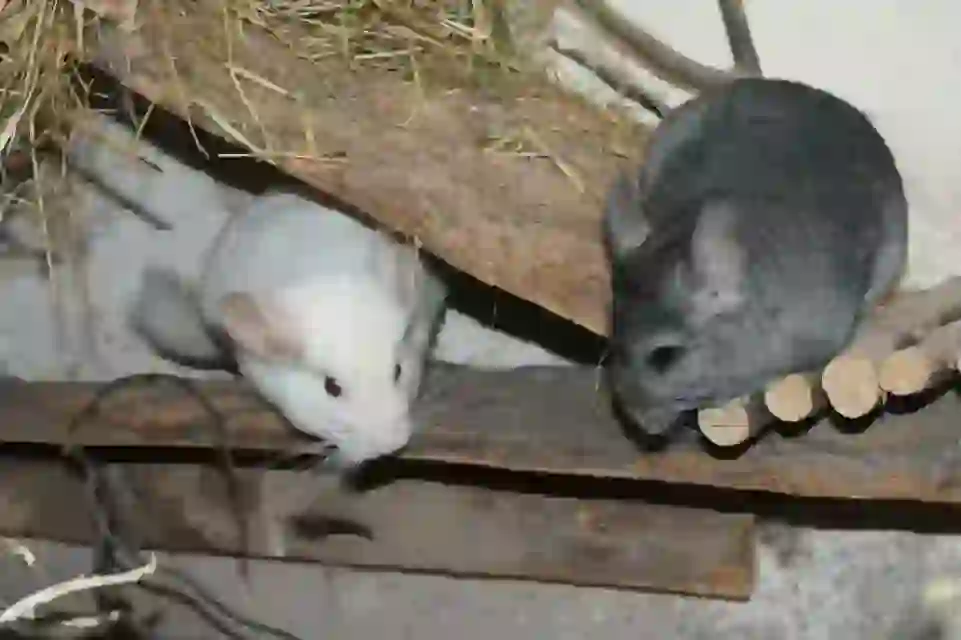
What are the color variations of chinchillas?
Chinchillas come in many colors. I can’t introduce them all, but let’s take a look at some of the colors and their characteristics.
Normal (standard gray) It is the same color as the most famous and commonly seen chinchilla in the wild. The whole body is slightly bluish-gray, the color of the tummy is white.
Violet The whole body is pale violet-gray, and the color of the tummy is white.
Black ebony The whole body is black, and the color of the tummy is also black. If the black color is light, it is sometimes called "charcoal" or "mahogany".
Mosaic (pied) It is a color with a white body with patterns and patterns of gray or other colors. There are individual differences in color, pattern, and pattern. White The whole body is white, and some individuals have gray on the ears and limbs.
There are many other varieties such as pink-white, beige (cinnamon), black velvet, sapphire, gold bar, tan and many more.
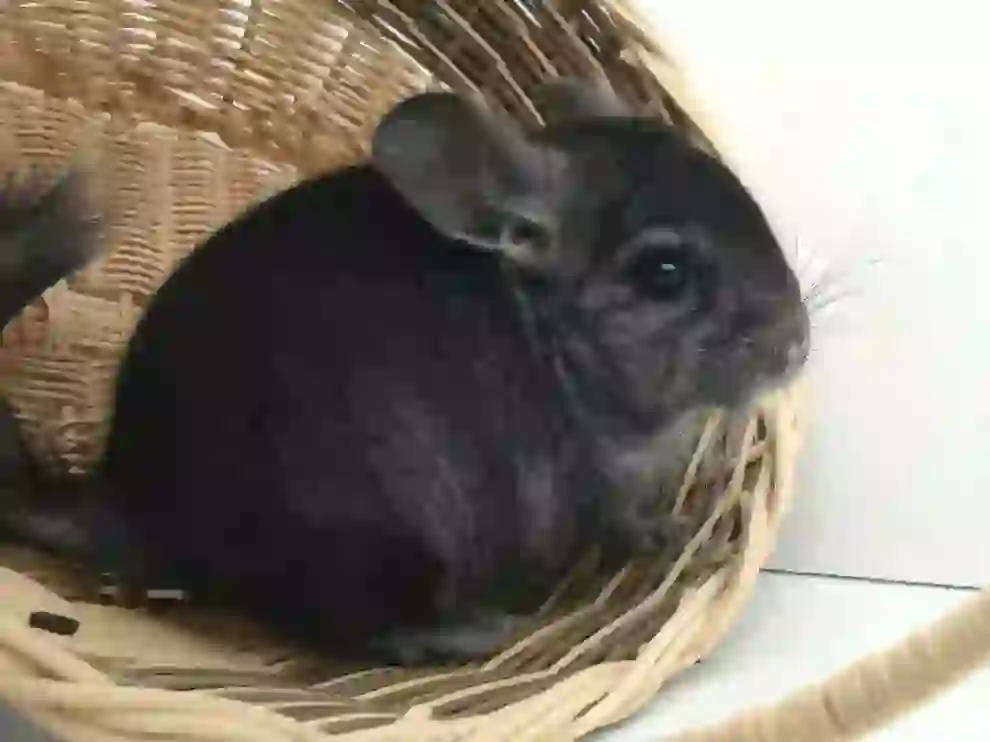
Is it true that chinchillas are cheerful and smart?
It's true.
Chinchillas are in a position where they are eaten by carnivorous animals in the wild, but they are said to be mentally tough, always positive, and have a very positive personality. They also have rich emotions and expressions, and their joys and sorrows are clearly visible.
They are also very curious and intelligent, and have a strong tendency to be friendly to humans due to their high learning ability despite individual differences.
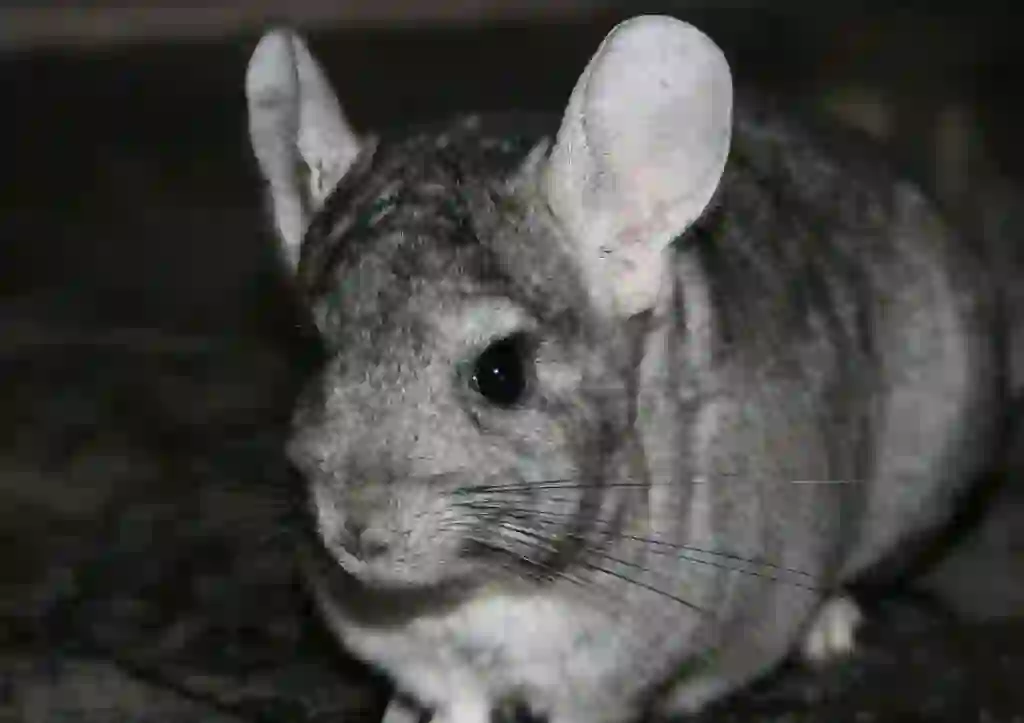
Is it true that chinchillas live very long?
It's true.
The lifespan of chinchillas is said to be very long for rodents and small animals, about 10 to 15 years. However, due to advances in research on chinchillas and the development of dedicated foods and medical care, it is said that there are more chinchillas that live beyond 15 years old and even beyond 20 years old.
By the way, as of 2022, the Guinness record for the lifespan of a chinchilla is held by a male chinchilla named “RADAR” who was kept in California, USA. RADAR lived to an amazing age of 29 years and 229 days.
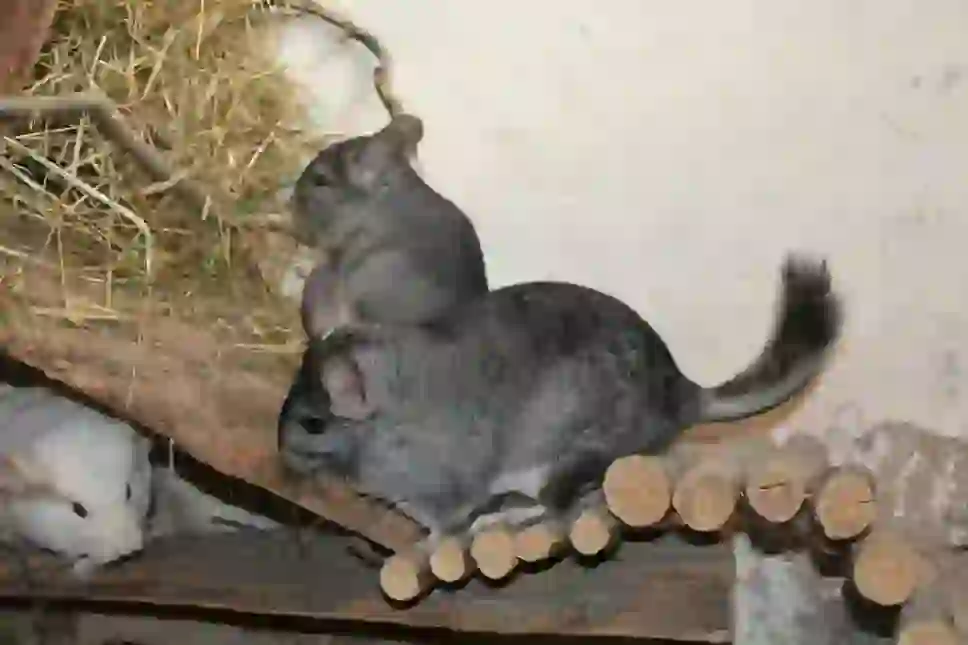
What role does a chinchilla's tail have?
The tail of a chinchilla is very large and has long, stiff hairs that are longer than the hair on its body. What is the role of the chinchilla’s large tail?
The large tail of a chinchilla plays a role in maintaining balance. By swinging its tail to maintain balance, a chinchilla can move at an astonishing speed even on unstable rocky terrain.
By the way, chinchillas also wag their tails like dogs and cats. However, it seems that chinchillas wag their tails more often when they are in a bad mood or when males are in heat, rather than when they are in a good mood or happy.
When a chinchilla is wagging its tail, it is a good idea to observe its facial expression and vocalizations to try to understand how it is feeling.
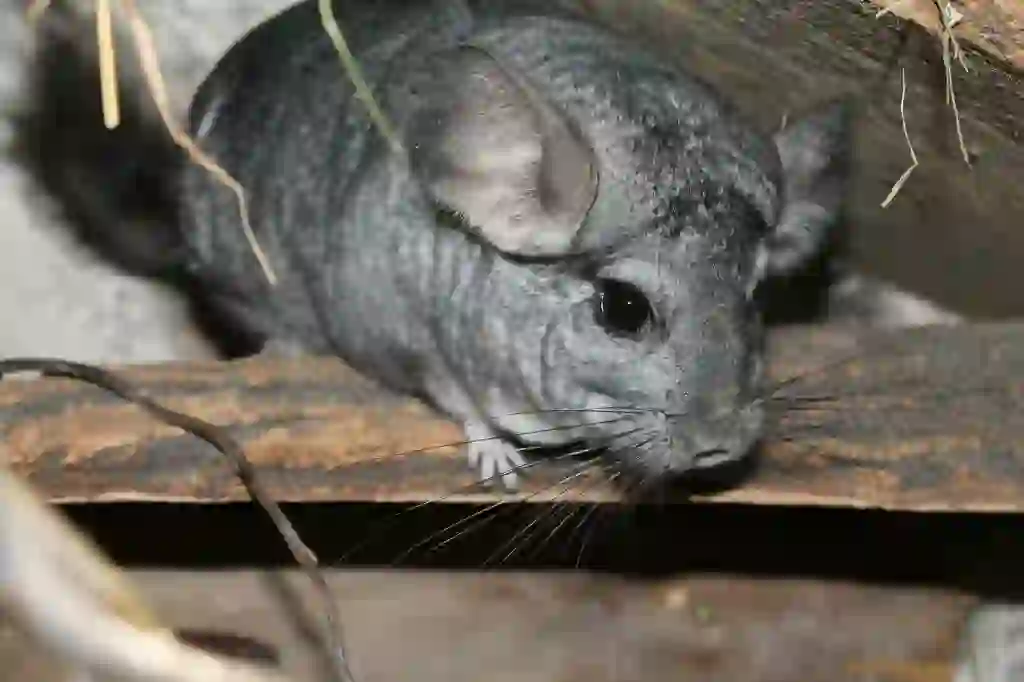
Is it true that chinchillas in the wild are in danger of extinction?
It's true.
During the 1500s, when the Andes Mountains were invaded by Spain, chinchilla fur was sent to Europe. The high quality of chinchilla fur made it very popular, and coats made from chinchilla fur became a major trend among the wealthy. As a result, many hunters flocked to the Andes Mountains to catch chinchillas.
It is said that several hundred to 1,000 chinchilla furs are needed to make one chinchilla coat. As a result, hunters needed to catch many chinchillas. It is said that catching wild chinchillas was easy because they were not afraid of humans.
Chinchillas were over-hunted for their fur and lost their habitat due to development, losing their homes and food. Chinchillas were quickly pushed to the brink of extinction. Fortunately, in 1910, a treaty was created to protect chinchillas. Since then, chinchillas have been protected internationally.
Currently, methods for breeding and raising chinchillas have been established, and it is possible to obtain fur without catching wild chinchillas. In fact, the cute appearance and nature of chinchillas have been noticed during breeding and reproduction for fur use, and they have become pets.

Would you like to become a part of the 'Animalbook.jp'?
Turn your knowledge into Q&A and share it with the world. ※Publication will be activated after purchase. Let's share information together!
Chinchilla Type of List
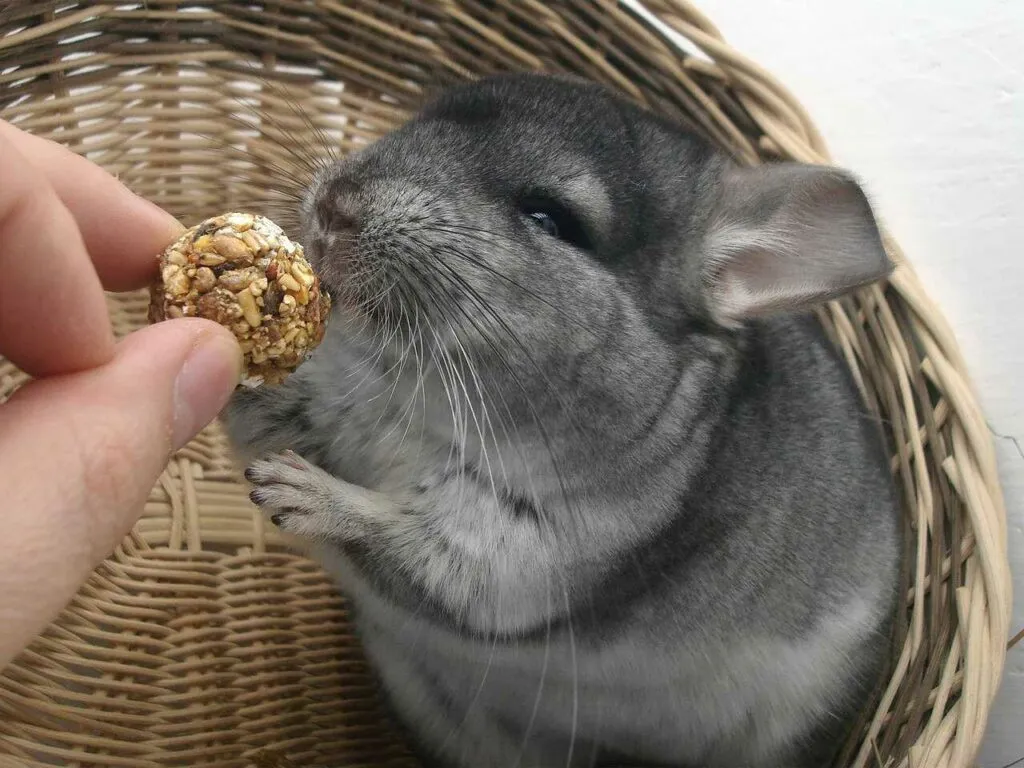
・Long-Tailed Chinchilla ・Short-Tailed Chinchilla ・Costina Chinchilla
Information
Congratulations! You are the first commenter!

Create Your Favorite List!
Chinchilla
Save the animals you love! Build your own list to quickly revisit your favorites later.

Would you like to leave a comment?
※Please note: This is for the purchase of rights to post comments within the article.
Find Your Favorites!
Our shop offers a unique and attractive selection of goods themed around various animals.
Chinchilla References

- 鈴木 理恵(2017年)『チンチラ完全飼育:飼育管理の基本からコミュニケーションの工夫まで (Perfect Pet Owner's Guides)』誠文堂新光社
- 霍野晋吉(2019年)『カラーアトラスエキゾチックアニマル 哺乳類編 増補改訂版 ─種類・生態・飼育・疾病─』緑書房
- 河野 朝城(2011年)『小動物の飼い方図鑑 (ワイド版・動物図鑑シリーズ)』日東書院本社
- Guinness World Records「Oldest chinchilla ever」 https://www.guinnessworldrecords.com/world-records/oldest-chinchilla-ever/
Chinchilla Introduction of media used

出典:https://pixabay.com/images/id-1897807/

出典:https://pixabay.com/images/id-4964153/

出典:https://pixabay.com/images/id-1897815/

出典:https://pixabay.com/images/id-1432582/

出典:https://pixabay.com/images/id-4830469/

出典:https://pixabay.com/images/id-1897799/

出典:https://pixabay.com/images/id-723359/

出典:https://pixabay.com/images/id-1897800/

出典:https://pixabay.com/images/id-4830472/

Help Enrich Our Animalbook.jp with Your Media!
We are constantly looking to expand and enrich our Animalbook.jp with amazing photos and videos of animals. If you have any media that you'd like to share, please contribute and help us showcase the beauty and diversity of the animal kingdom. Your submissions will be credited and featured in our encyclopedia, reaching a wide audience of animal lovers.


















